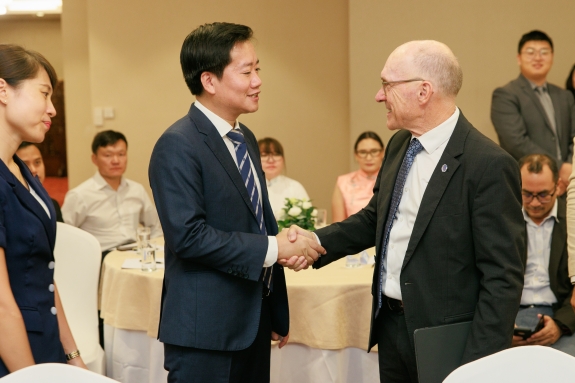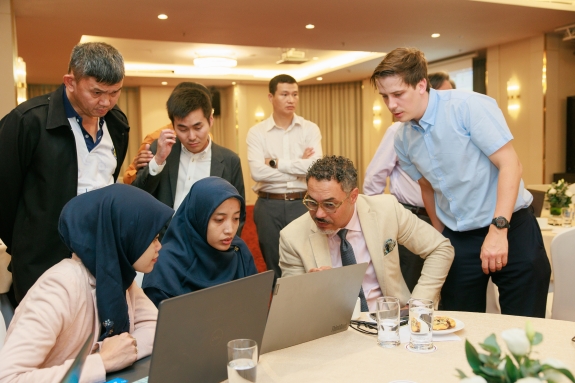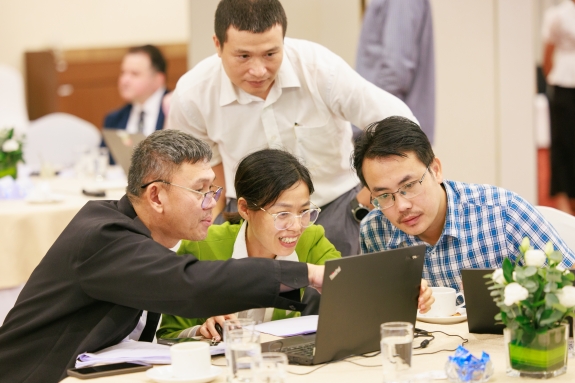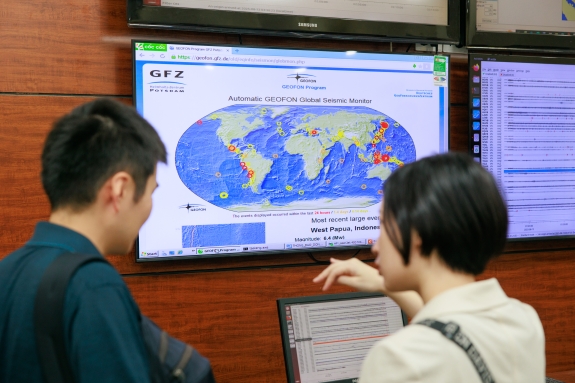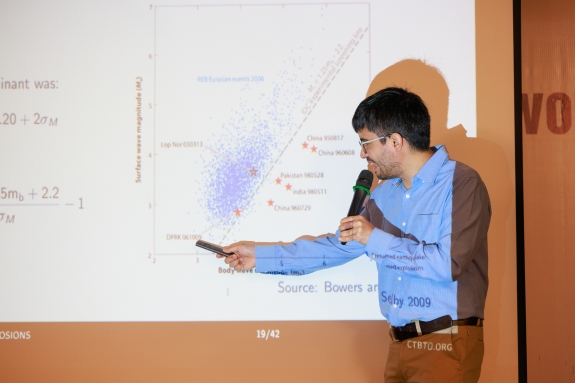Building regional expertise in CTBT verification across East Asia
From 11 to 15 August, the Comprehensive Nuclear-Test-Ban Treaty Organization (CTBTO) held the East Asia Regional National Data Centre Workshop (EARNW) in Hanoi, Viet Nam. Co-organised with the Viet Nam Agency for Radiation and Nuclear Safety (VARANS), the workshop brought together more than 30 experts from 11 countries across the region for hands-on technical training and capacity building.
Participants included National Data Centre (NDC) specialists from across East Asia, South-East Asia and the Pacific, alongside representatives from New Zealand, the Russian Federation, and the United States.
The five-day event focused on strengthening national capabilities in verifying compliance with the Comprehensive Nuclear-Test-Ban Treaty (CTBT), with an emphasis on the use of data from the International Monitoring System (IMS) and on regional cooperation.
Regional Collaboration and Technical Training
In his opening remarks, CTBTO Executive Secretary Dr Robert Floyd thanked Viet Nam for hosting the workshop and stressed how valuable regional exchange is and how much we can learn from one another. He encouraged participants to build on the connections they made during the workshop.
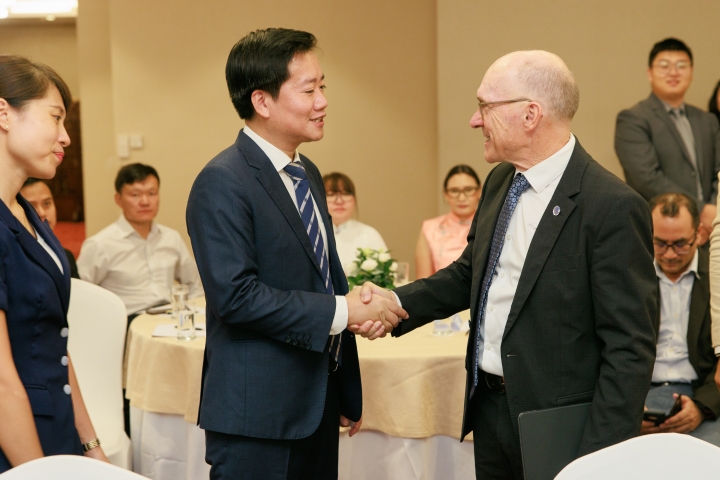
Executive Secretary Robert Floyd and Director General of Vietnam Agency for Radiation and Nuclear Safety (VARANS), Nguyen Hoang Linh meeting on day one of workshop
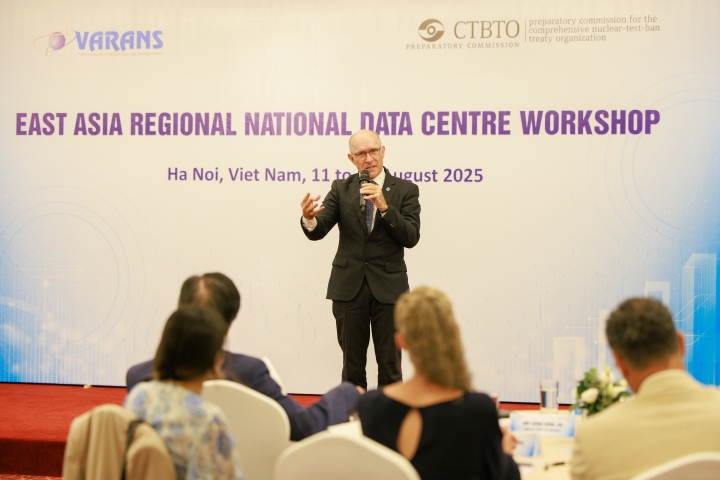
Floyd speaking during opening of workshop
Speaking on behalf of the host country, Director General of the Vietnam Agency for Radiation and Nuclear Safety (VARANS), Nguyen Hoang Linh, reaffirmed Viet Nam’s commitment to the Treaty and highlighted the critical importance of regional cooperation in strengthening verification activities.
Over the course of the week, participants took part in hands-on training sessions that bridged scientific theory with practical application. A joint simulation exercise combined seismic and radionuclide monitoring scenarios, allowing NDC analysts to practise detecting and analysing an event of interest, using data from multiple IMS facilities. Working side by side, the experts compared their results and methodologies as they would during a real-world verification analysis.
They also received guidance on using key International Data Centre (IDC) tools, including the NDC-in-a-Box software suite - a standard package provided by the CTBTO for receiving, processing and analysing IMS data - and WebGRAPE, the Organization’s web-based platform for visualising atmospheric transport modelling (ATM) and data fusion methods. These practical exercises helped build up participants’ proficiency in interpreting complex waveform signals and radionuclide detections, mirroring the processes used by the CTBTO to identify potential nuclear test events.
Workshop instructors highlighted the value of the immersive format. Yassine Chaari, Capacity Building and Training Officer at the CTBTO and project manager for the event, noted that “80 percent of the participating States Signatories demonstrated their capability to independently analyse an event and determine its nature, whether man-made or natural.”
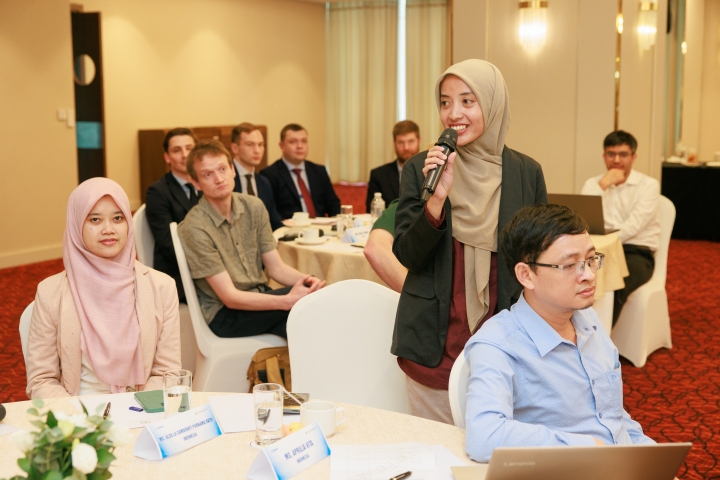
Participants asking questions during workshop
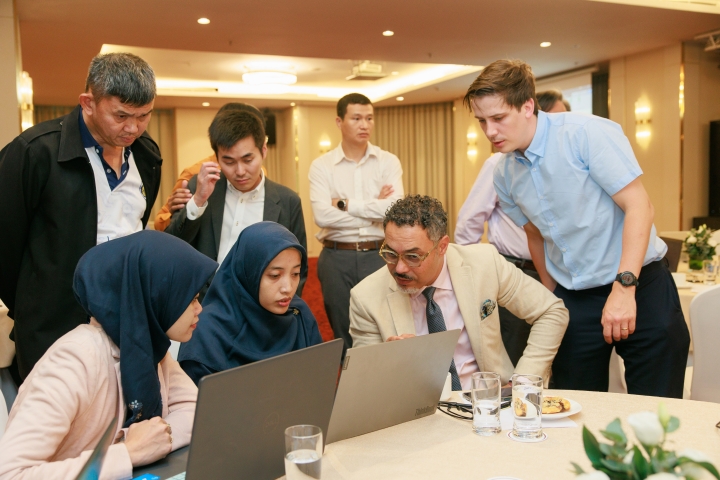
Yassine Chaari, Capacity Building and Training Officer at CTBTO working alongside participants during simulation exercise
Building Capacity and Future Cooperation
The East Asia Regional NDC Workshop formed part of the CTBTO’s broader capacity building efforts to ensure that all States Signatories can fully contribute to and benefit from the Treaty’s verification system. By convening experts from national institutions - such as seismic observatories and radiation monitoring centres - the workshop fostered a strong peer network across the participating countries. Delegates exchanged knowledge, shared best practices, and deepened their understanding of how IMS data and IDC products can be applied not only for verification purposes but also for civil and scientific applications at the national level.
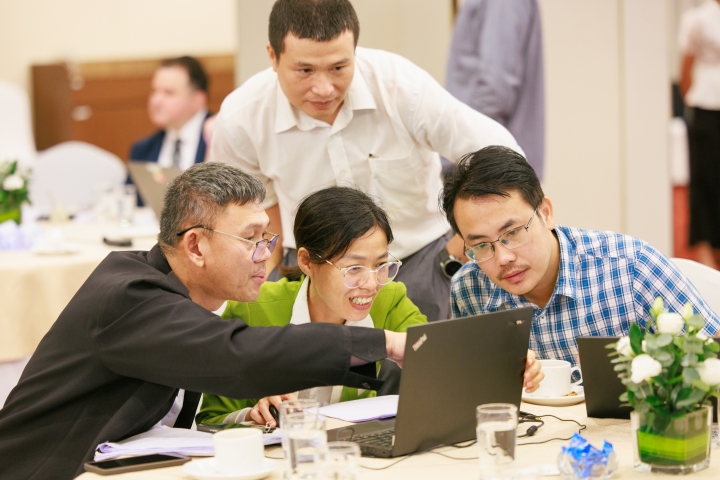
Participants from Thailand and Viet Nam reviewing IDC fusion tool
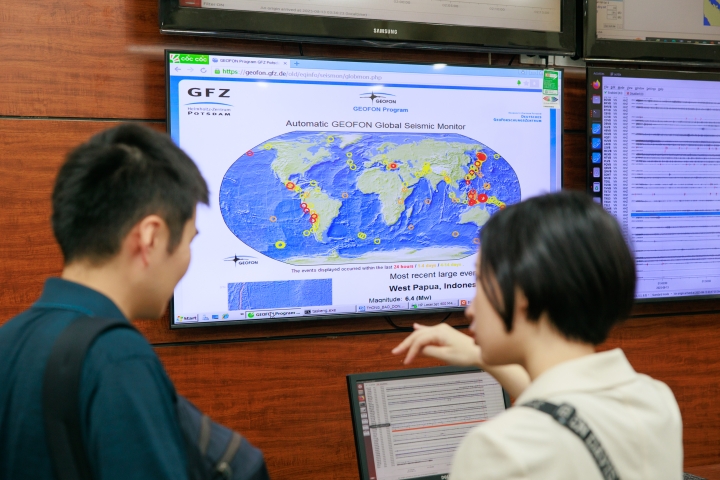
Participants from Japan during site visit to Institute of Earth Sciences (IES/VAST)
Notably, the event featured strong engagement from both women scientists and early-career professionals, reflecting the CTBTO’s commitment to diversity and inclusion in the scientific and technical fields. Several female participants took on leading roles during the exercises and discussions, contributing their expertise and perspectives.
“For Indonesia, we used not only CTBTO data for the workshop simulation, but also data from the U.S. Geological Survey (UGS), the GFZ German Research Centre for Geosciences, and Indonesia’s Meteorology, Climatology and Geophysical Agency (BMKG). This combination helped us better understand the nature of the event and submit a final determination,” said Aprilia Vita, geophysicist and seismologist at Indonesia’s Meteorology, Climatology and Geophysical Agency (BMKG).
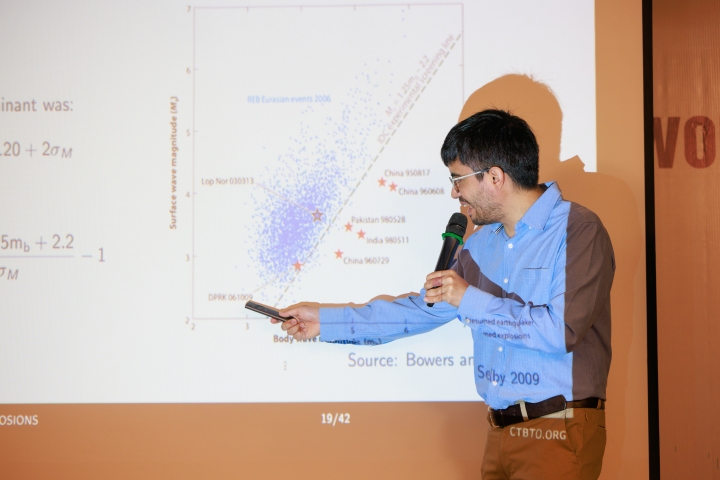
Rodrigo Chi, CTBTO Seismic-Acoustic Officer, presenting on use of data characteristics for determination of human-made events
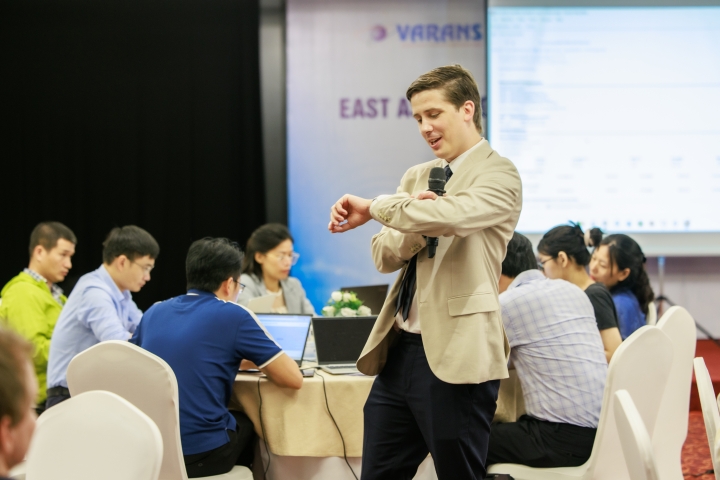
Niall Mark Murphy, CTBTO Radionuclide Officer, timing session on day four of workshop
As the workshop concluded, attendees identified concrete steps to continue their cooperation. They compiled a joint report on findings and lessons learned from the simulation exercise, which will serve as a reference for all participating NDCs. Looking ahead, and building on the momentum from Hanoi, the group welcomed a proposal to hold the next in-person East Asia Regional NDC Workshop in 2026.

